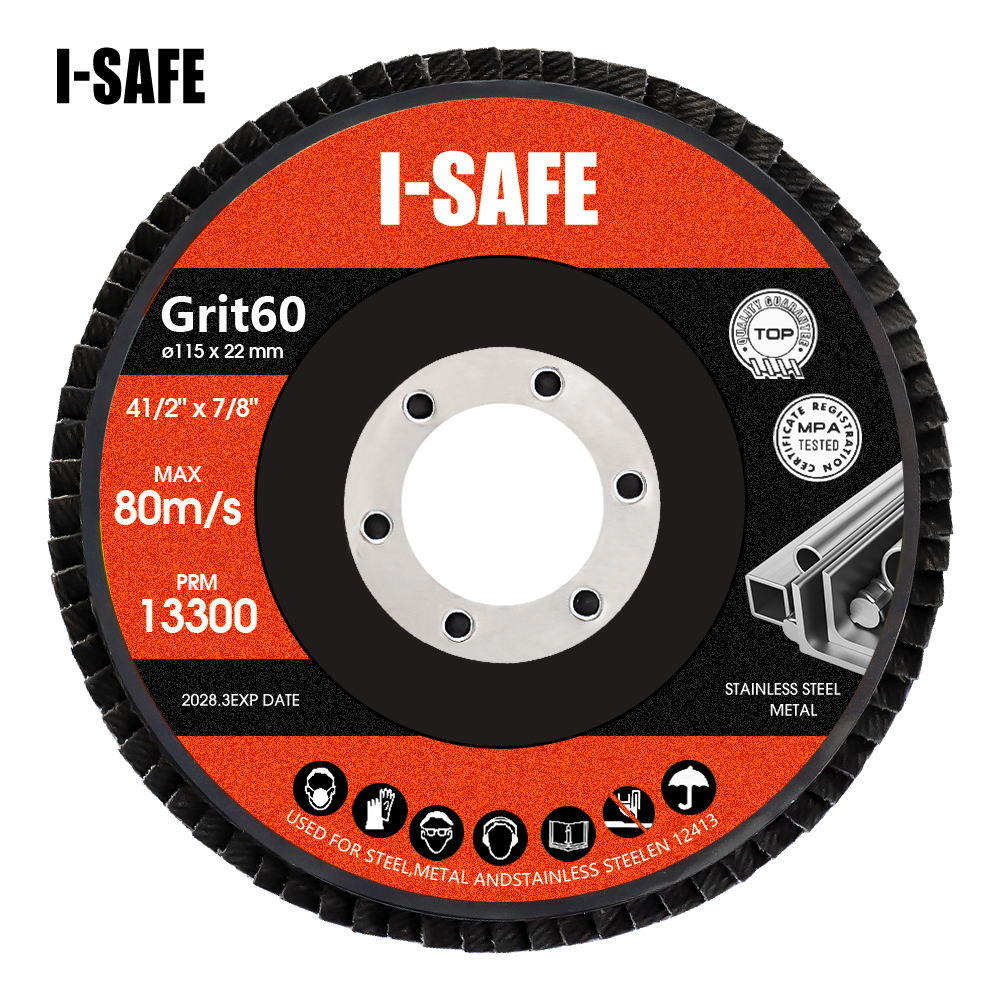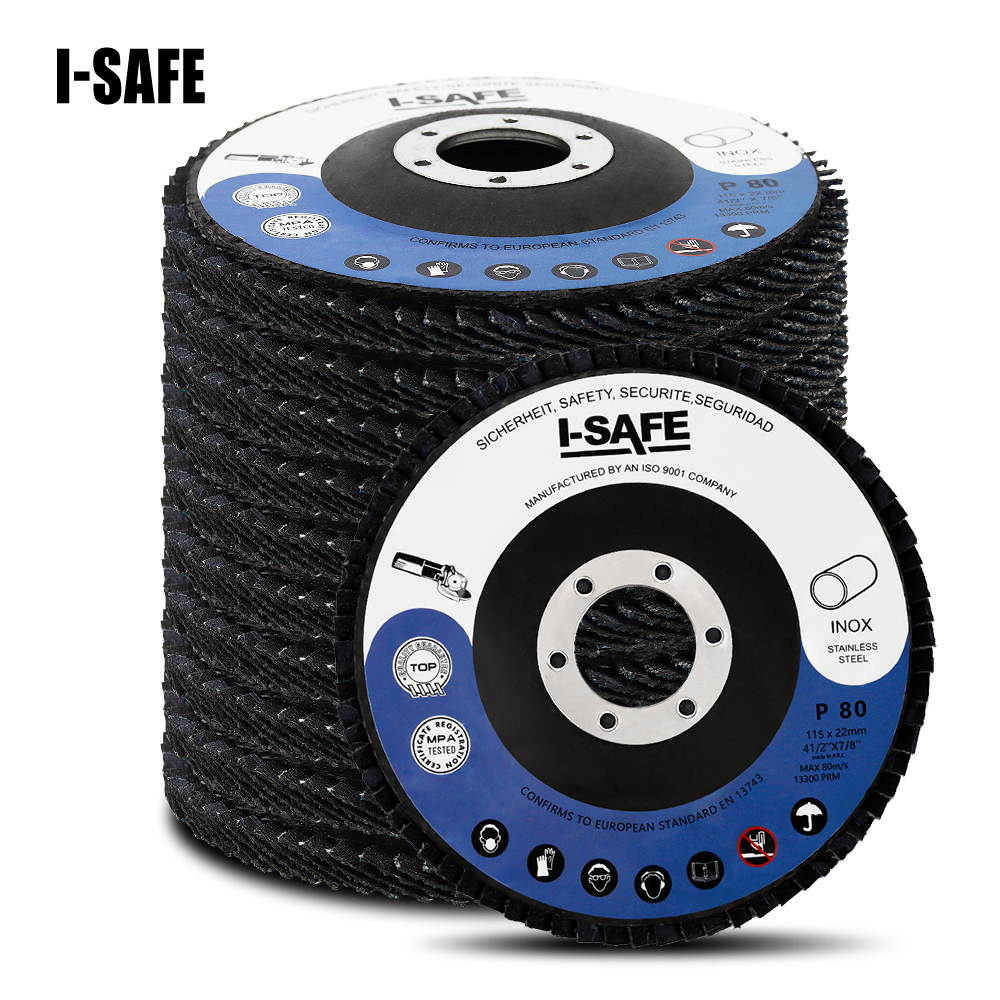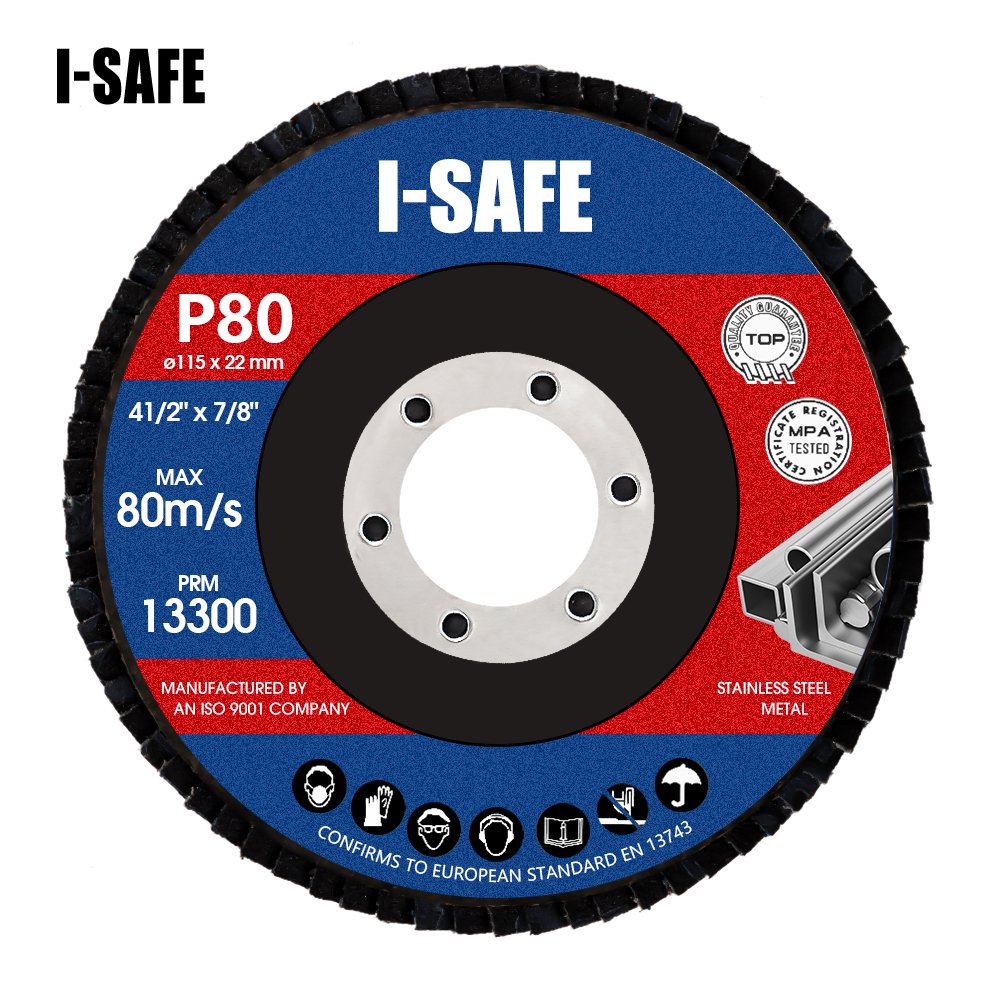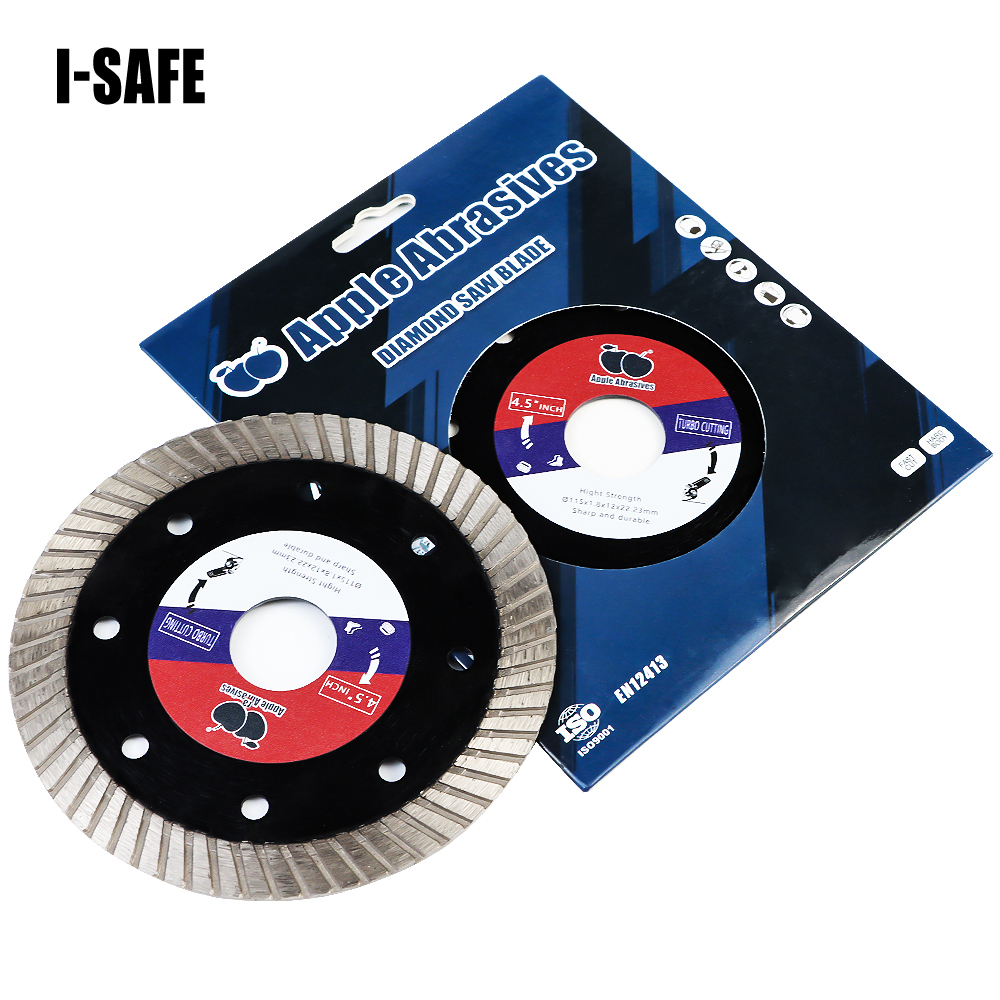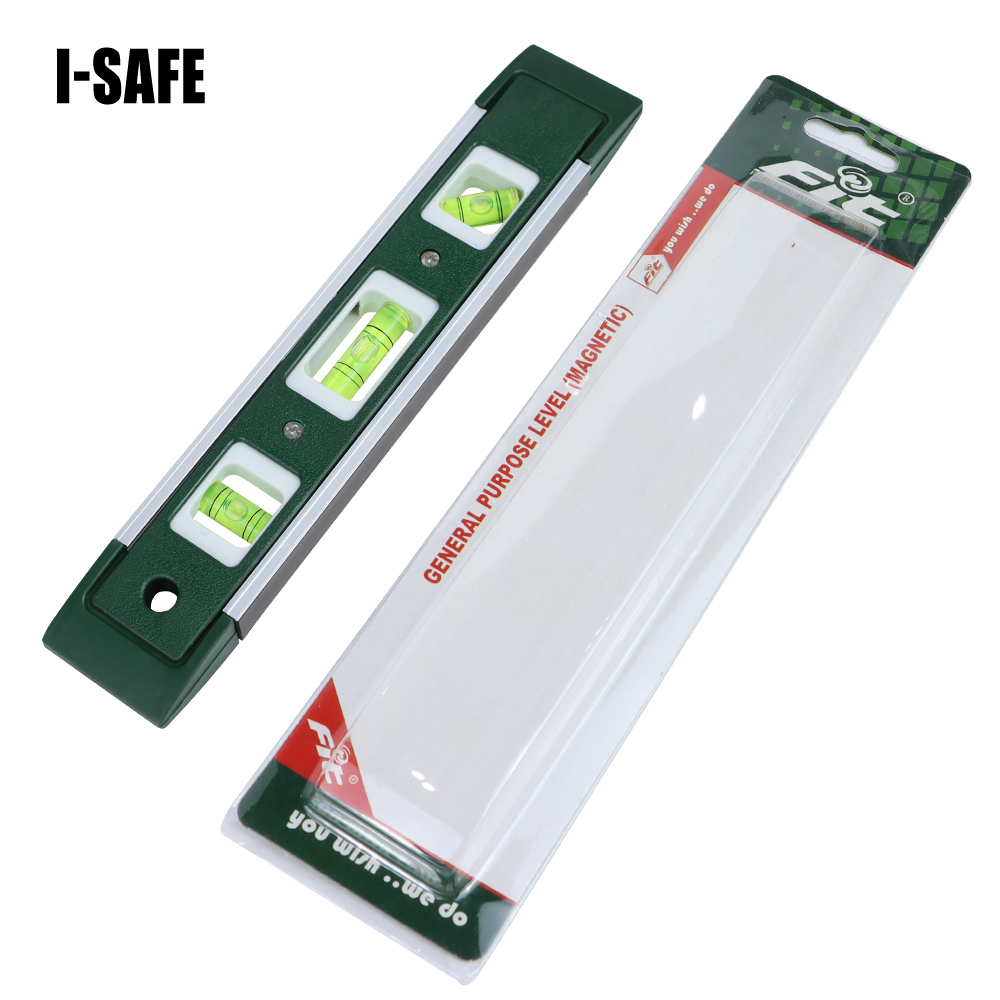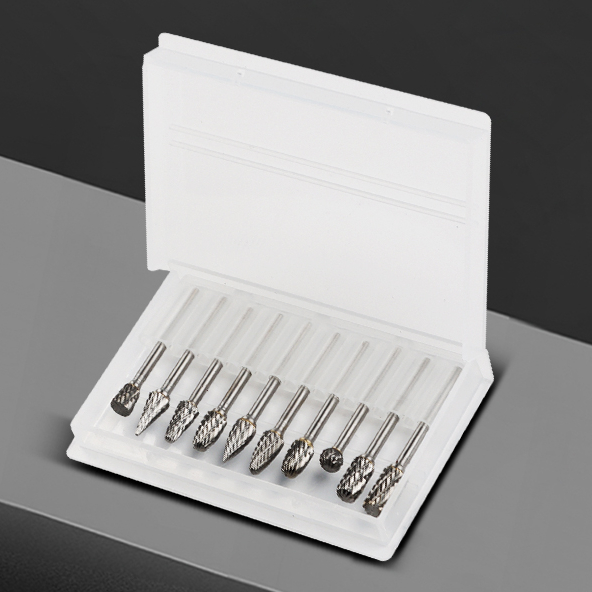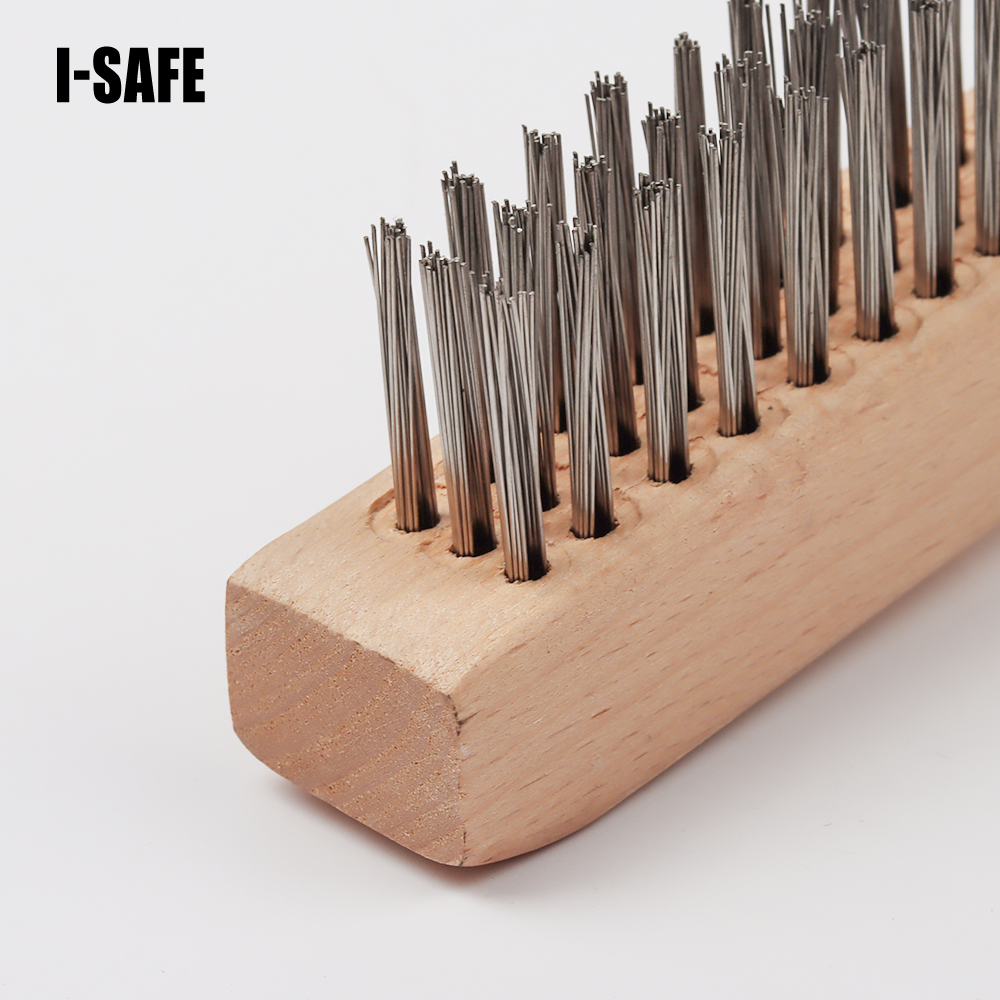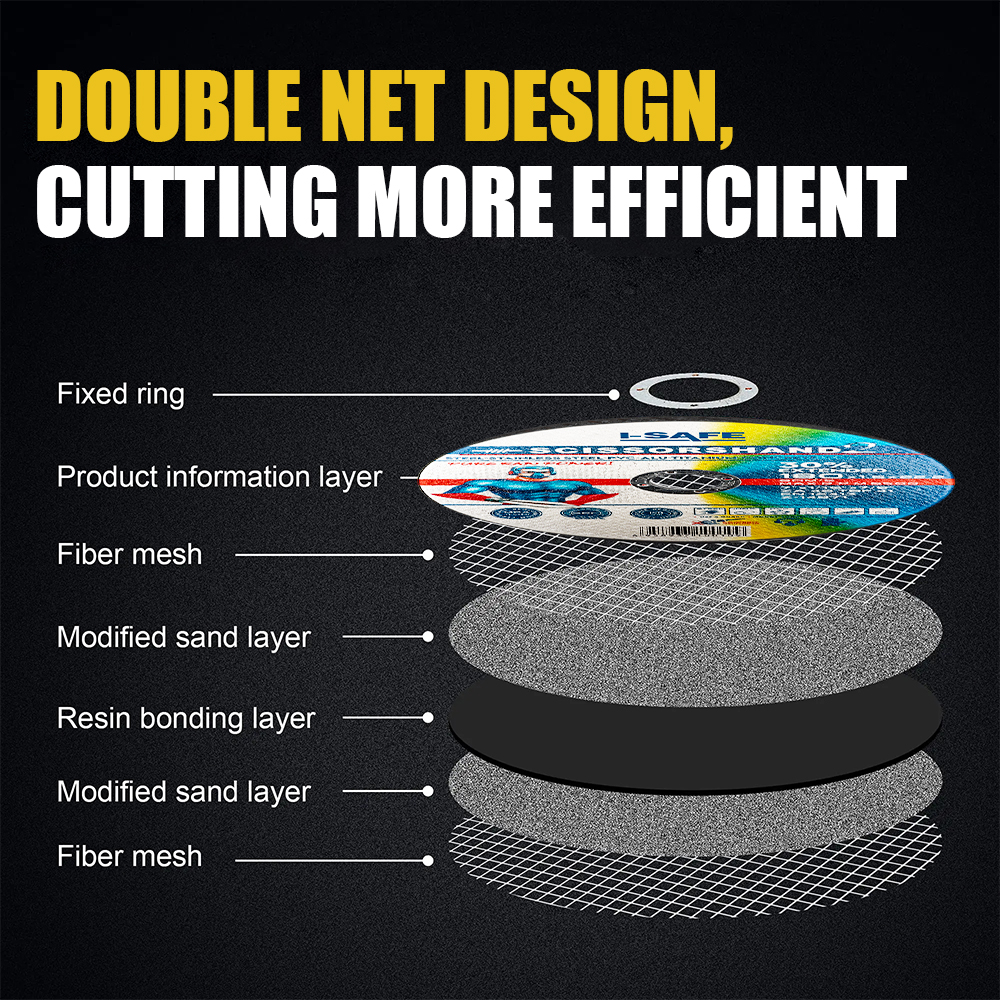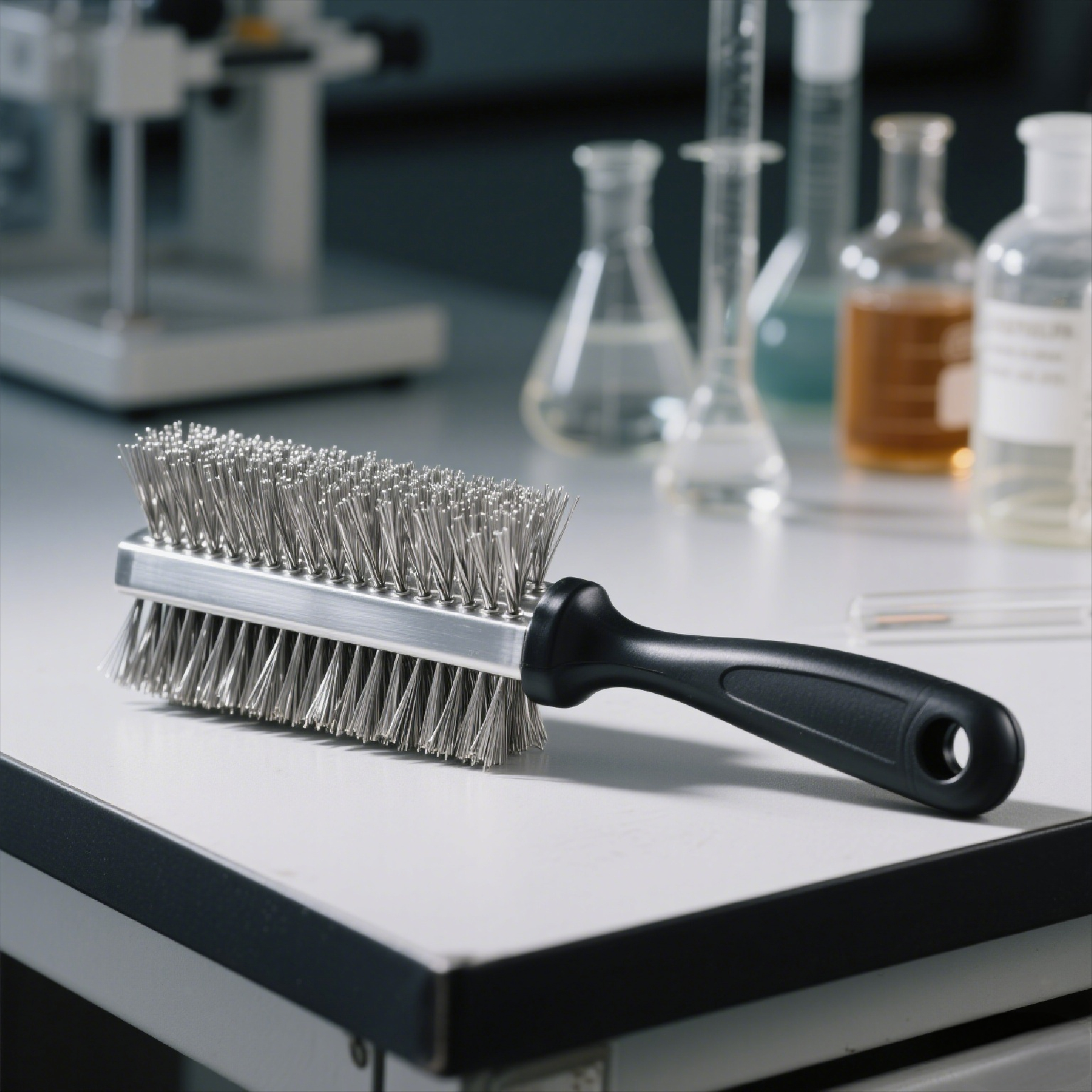Screws and iron nails are two common metal products. To identify their quality and application scenarios, you can start from the following aspects.
Quality Identification
Appearance Inspection
Screws: The surface of high-quality screws should be smooth, without obvious burrs, cracks, sand holes and other defects. The thread should be clear and complete, with a uniform pitch, and there should be no deformation or damage. The shape of the head should be regular and match the specification of the screw, making it convenient to use tools for tightening or loosening operations.
Iron Nails: The surface of good iron nails should be relatively flat, and the tip of the nail should be sharp and in a standard conical shape, making it easy to drive into objects. The nail body should be straight, without bending or twisting, otherwise it will affect the use effect and may even prevent it from being driven in properly.
Dimensional Accuracy
Screws: Use measuring tools such as calipers to check whether the diameter, length, pitch and other dimensions of the screws meet the standard requirements. Screws with excessive dimensional deviations may not be able to cooperate with corresponding nuts or workpieces, or may lead to insecure connections.
Iron Nails: Measure the diameter and length of the iron nails to ensure that they meet the required specifications. For iron nails with special requirements, such as those used for wooden boards of a specific thickness, dimensional accuracy is more important, otherwise problems such as insecure nailing or penetration of the wooden board may occur.
Material Quality
Screws: Generally, judge the material by observing the color and texture of the screws. High-quality stainless steel screws have a uniform color and no obvious rust spots or impurities. If the iron screws are treated with anti-rust measures such as galvanization, the coating should be uniform and firm, and not easy to fall off. You can test with a magnet. If there is no magnetism or very weak magnetism, it may be made of stainless steel; if it has strong magnetism, it may be made of ordinary iron or carbon steel.
Iron Nails: Common iron nails are mostly made of iron or carbon steel. If the iron nails have rust on the surface, it indicates that their anti-rust performance may be poor and the material quality may be average. In addition, gently scratch the surface of the iron nail with a hard object, and observe the depth and texture of the scratch. If the scratch is shallow and the texture is uniform, it indicates that the material has high hardness and good quality.
Mechanical Properties
Screws: For some important application scenarios, professional tensile testing equipment can be used to detect the tensile strength, yield strength and other mechanical property indicators of the screws. You can also conduct a simple torque test. Use an appropriate tool to tighten the screw and feel the magnitude of the required torque. If the torque is obviously abnormal, it may indicate that the mechanical properties of the screw do not meet the requirements.
Iron Nails: Evaluate the toughness and hardness of the iron nails through the nailing test. Drive the iron nail into materials such as wooden boards. If the iron nail is easy to bend or the tip of the nail is damaged, it indicates that its toughness or hardness is insufficient; if it is too difficult to drive in, the iron nail may be too hard and easy to break.

Application Scenarios
Screws
Mechanical Manufacturing: Used to connect various mechanical parts, such as the assembly of engine blocks, the fixation of machine tool parts, etc. Since screw connections are detachable, it is convenient for the maintenance and repair of equipment.
Electronic Equipment
In electronic devices such as computers and mobile phones, screws are used to fix components such as circuit boards and casings. These screws are usually small in size and require high precision to ensure the stability and reliability of the electronic device.
Furniture Manufacturing
Used for assembling furniture, such as tables, chairs, cabinets, etc. Screw connections can make the furniture structure more stable, and can be disassembled and reassembled as needed, which is convenient for transportation and installation.
Iron Nails
Construction: Commonly used to fix wooden structures in construction, such as building log cabins, fixing suspended ceilings with wooden keels, etc. Iron nails can provide good connection strength to make the wooden structure more stable.
Packaging Industry: Used for the fixation of wooden boxes, cartons, etc. Iron nails can connect wooden boards into wooden boxes to protect the goods from damage during transportation.
Handicraft Production: In the production of some handicrafts, iron nails can be used to fix parts or as decorative elements. For example, in wrought iron products, iron nails can be used to connect different iron pieces to create various shapes.


